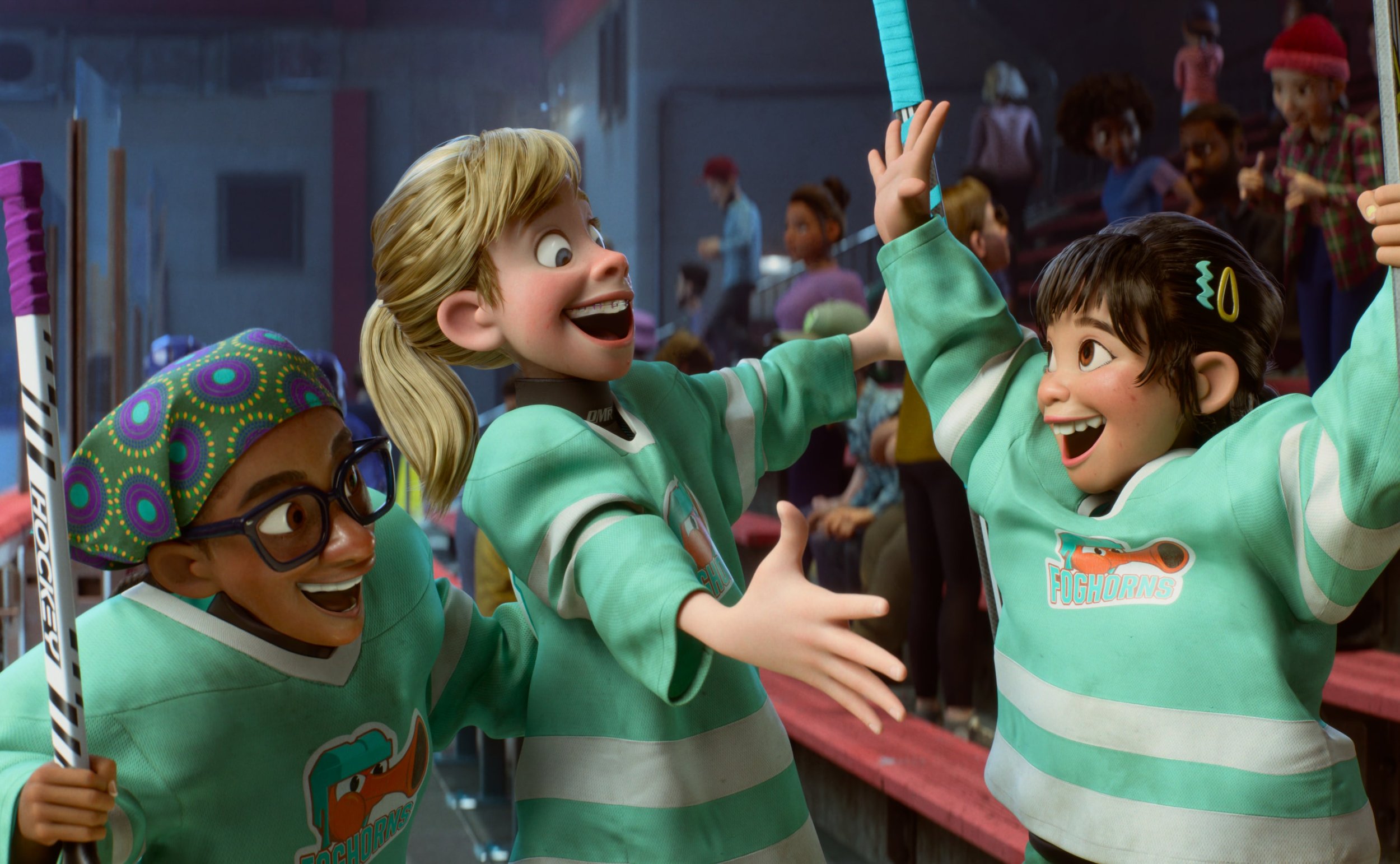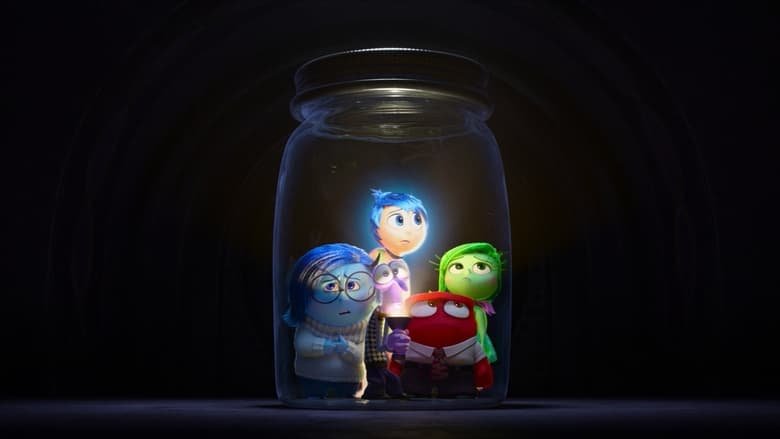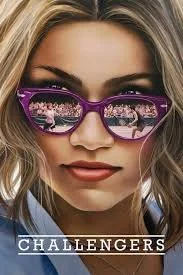Inside Out 2
In a movie that’s literally about emotions, Inside Out 2 is surprisingly lacking in that area. It’s still fun and definitely a worthwhile watch for the whole family.
Full Disclosure: I love Pixar. I’ve said again and again that they are the best storytellers on the planet. While I believe this still holds true, Inside Out 2 is a mostly forgettable entry in a Pixar catalog full of masterpieces.
Review
The first Inside Out came out nine years ago, and it was outstanding. If Pixar are the best group of storytellers around, then Pete Docter is the best storyteller. Le creme de la creme. He’s been there since the very beginning, coming up with the original story for Toy Story aaaaaallll the way back in 1995. He directed and wrote the original Inside Out, which is one of Pixar’s best and most emotionally charged films. Unfortunately for all of us, he was only an executive producer for the sequel, and it shows. You can’t replicate or mimic pure genius, and he is a genius. As a producer, he can hold your hand, give you tips, and point you in the right direction, but what Inside Out 2 shows, more than anything, is that there really is only one Pete Docter.
Pixar veteran Kelsey Mann gets his first shot at directing a feature film after being with the company since 2013 as a story supervisor. He does an admirable job, but it’s impossible to view this film without comparing it to its predecessor, (as well as the Pixar catalog as a whole, which has been so well-tended and carefully manicured that any fault in this film stands out more than it would if were made by any other studio.) For reference, I think this is better than anything Illumination Studios has ever done (except maybe the first Despicable Me). But again, I can’t judge this movie in a vacuum. Pixar is the gold standard. Anything less than greatness is… well… substandard.
All of your favorite emotions are back in this extremely fun, but emotionally underwhelming sequel.
Most of the star-studded voice cast returns from the first film, including Amy Poehler as Joy, Phyllis Smith as Sadness, and Lewis Black as Anger. Tony Hale and Liza Lapira replace Bill Hader as Fear and Mindy Kaling as Disgust, respectively. The five emotions, having resolved their issues from the first film, operate in harmony in the mind of now-13-year-old Riley. Riley has settled into her new home in San Francisco after moving from Minnesota. Once “the new kid”, she now has a tight-knit group of friends and a passion for hockey that only Midwesterners and Canadians could appreciate. Everything’s going great for Riley and her emotions, until (dun-dun-duunnnn)…. PUBERTY HITS!!!
Spoilers Ahead
New emotions crash the party in the form of Anxiety, Envy, Embarrassment, and Ennui (not pictured).
With puberty comes a wave of new emotions. The utopia in Riley’s head that Joy has managed to cultivate is completely upended with the arrival of four newcomers: Anxiety (Maya Hawke), Envy (Ayo Edebiri), Embarrassment (Paul Walter Hauser), and Ennui (Adele Exarchopoulos). Anxiety sees herself as the new head honcho and usurps Joy almost immediately (as is the case with all adolescents). At first, Anxiety seems to work. She’s a pragmatist; always preparing for the worst and thinking ahead (all the way to Riley’s death in some cases). While Joy learned her lesson that all emotions were important in the last film, she wasn’t quite prepared for this.
When Joy and her co-emotions get in the way of Anxiety and her crew, Anxiety ejects them out of the control room and into the abyss. Anxiety is running the show now with sidekicks Envy, Embarrassment, and Ennui (boredom). Without Joy, Anger, Sadness, or Disgust, Riley turns into a teenage hormonal nightmare. She ditches her best friends in an attempt to look cool to the older girls, she hates herself and her parents, and she’s an emotional wreck. (But hey, who wasn’t when we were navigating the treacherous waters of freshman year at high school? Don’t blame Riley. Blame that bitch Anxiety!)
Joy and company have to make it back to the control room in order to restore balance to Riley’s brain, otherwise Anxiety will ruin Riley’s social life forevermore.
Antics ensue, and this is the best part of the film. Inside Out 2 is funnier than just about any other Pixar movie. It’s highly entertaining and a laugh-a-minute. Unfortunately, it comes at the cost of the emotional impact we’ve come to expect from the studio. I’m not ashamed to say that I’ve cried at some point during most Pixar films. (If you didn't get at least a bit misty-eyed after the opening sequence of Up, check your pulse.) There were a multitude of those moments in the first Inside Out. Bing-Bong’s act of self-sacrifice, Joy learning to accept that Sadness is a necessity, and Riley coming to terms with her emotions were just a few. Inside Out 2 tries, but misses the mark with the emotional blows it attempts to land.
Riley celebrates with her INCREDIBLY diverse hockey teammates and besties.
Joy giving up hope (interestingly, not an emotion represented here) is supposed to be the main tear-jerking moment in this film, but since we know Joy is the eternal optimist, we also know that this is a fleeting moment of self-doubt. When all hope is lost, Joy and her pals ride a (this time literal) wave of emotions back to HQ to stop Anxiety from really fucking up poor Riley’s brain. When Joy gets to the control panel, is looks like it’s too late. Anxiety has gone berserk, sending poor Riley into the throes of a full-blown panic attack during her biggest hockey game ever.
By the way, this panic attack segment is the most astoundingly accurate depiction of a panic attack I’ve ever seen on film. As someone who struggles with panic attacks, I felt so much empathy with Riley that my own heart started to pound. I only wish my Joy would be as tenacious as Riley’s (sigh).
Joy manages to wrestle control from Anxiety and calm both Anxiety and Riley down just in time for Riley to win back her best friends. We don’t know if she wins a spot on the high school team, but she wins confidence in herself, which is always more important, so they say.
All’s well that ends well, and Joy manages to take the captaincy of Riley’s head once again; learning to cope and coexist with all the new emotions that have erupted through puberty. The End.
Embarrassment: Short on words, long on heart.
The psychology puns didn’t land for me like they did in the first one. It was just pun overkill. There was the sar-”chasm”, brain-”storm”, the “stream” of consciousness, etc. There were similar jokes in the first one, but they didn’t feel as obvious and heavy-handed as these did. Granted, they were still clever and funny, but it’s just so overshadowed by the brilliance of the first film that these gags pale in comparison.
Maya Hawke stole the show as Anxiety. Nepo baby my ass!
On a final note, Maya Hawke is brilliant as Anxiety, and goes toe-to-toe with industry legends like Amy Poehler and Lewis Black. I know she’s been branded as the face of nepotism in Hollywood over the last year or so, but that is completely unfair. Yes, she’s the daughter of Ethan Hawke and Uma Thurman. Yes, I’m 100% sure she got a leg up and received opportunities because of who her parents are. My view is, who gives a shit? When has Hollywood ever been a pure meritocracy? Who among us wouldn’t try to take advantage of that? (Don’t lie.) The cream doesn't always rise to the top, but by that same token, if you’re a talentless hack, you will be exposed. From Stranger Things to this, she’s proven that she has talent, she has range, and she belongs here. When your parents are two incredibly successful thespians, you’re inevitably going to get some runoff. Now let’s just hope North West doesn’t follow in her mom’s footsteps.
Bottling up emotions? Aight. We get it.
5 Quick Hits
John Ratzenberger is back at Pixar since his departure in 2020. He has a small role as an ornery construction worker in Riley’s head. I’m glad he’s back.
Legendary bassist Flea has a cameo as a cop in Riley’s head.
A lot of political websites (both left and right wing) claim that this is a “woke” movie because it may have gay undertones. Riley is infatuated with a high school senior girl who is the captain of the hockey team Riley aspires to join. Read what you want into that, but plenty of boys and girls are way too into their sports heroes. Riley is a fictional character that’s 13 years old. Let’s not get all up in arms about her potential sexuality. Right?
One of the funniest moments in an extremely funny movie was when video game character Lance Slashblade (based not-so-subtlely on Cloud from Final Fantasy VII) tried to exit the prison, yet he was still bound by video game mechanics, so he could only jump vertically, but not horizontally.
The preschool cartoon character Pouchy was indiscriminately mouth-raped by the fist of Anger for an uncomfortable period of time. It was hilarious to me, but will the children be forever scarred? - Mental note, name your next metal album "Mouth-Raped by the Fist of Anger”.











